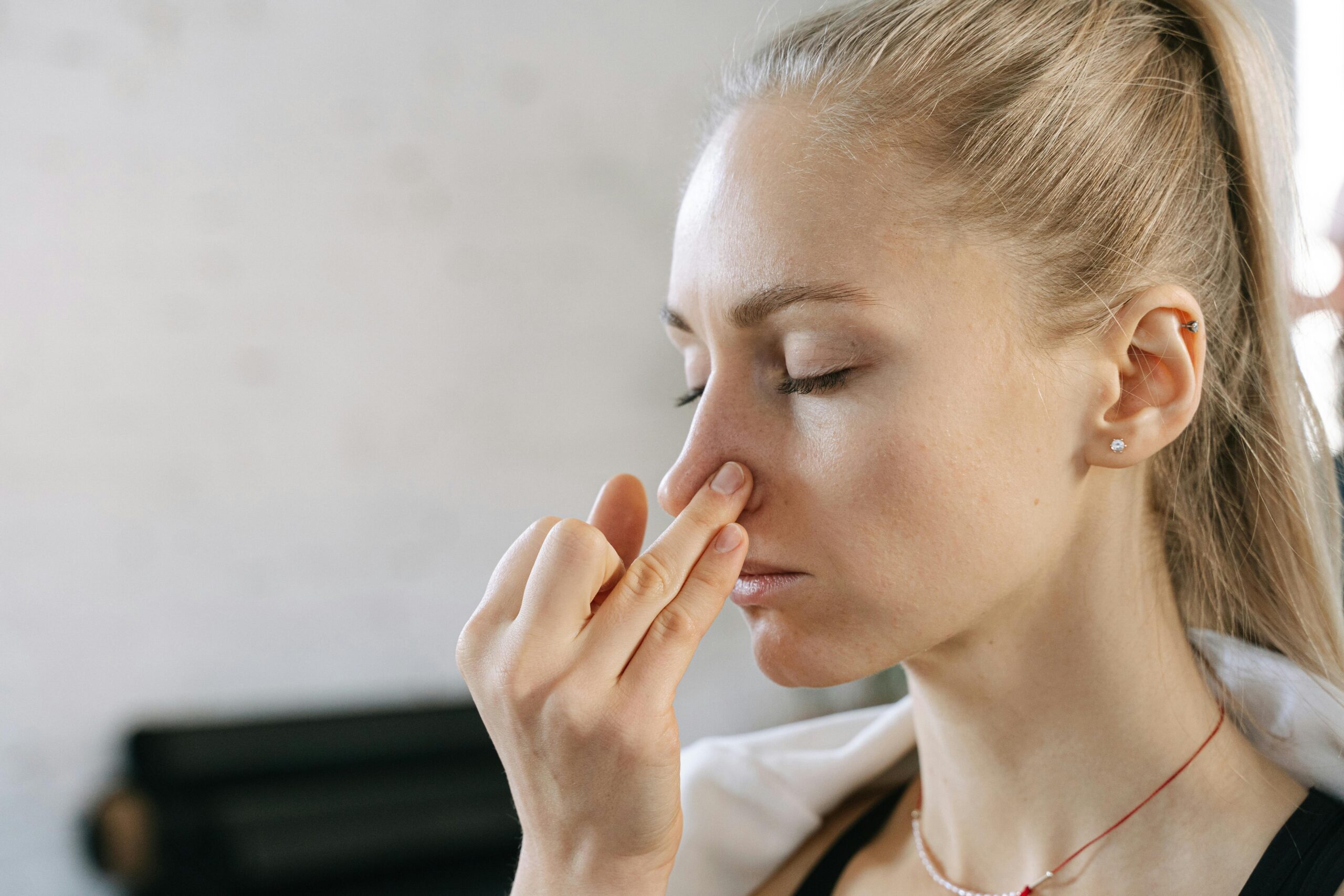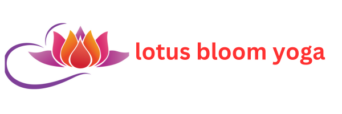"The Power of Breath: Unlocking Calm and Clarity Through Pranayama"
Introduction: The Breath of Life in Yoga
Breath is life. It’s the most fundamental force that sustains our existence. In yoga, this simple, vital act is not only essential for survival, but it is also an avenue for achieving mindfulness, inner peace, and profound transformation. Pranayama, or breath control, is one of the core practices in yoga that brings our attention to the breath as a means of harnessing the energy within.
In today’s fast-paced world, we often forget to pay attention to our breath. The act of breathing becomes so automatic that we take it for granted. However, learning how to control and regulate the breath has the potential to improve both physical and mental well-being. This is where pranayama comes in.
This blog will explore the concept of pranayama in-depth, discuss its benefits, and provide easy-to-follow techniques to help you unlock calm, clarity, and balance in your life.
What is Pranayama?
Pranayama is a Sanskrit word derived from two roots: “Prana”, meaning life force or vital energy, and “Ayama”, meaning extension or control. Therefore, pranayama translates to the control or regulation of the life force through breathing techniques. It is a powerful tool in yoga that aims to expand one’s vital energy and bring balance to the body, mind, and spirit.
In ancient yogic philosophy, it is believed that prana flows throughout the body, moving through channels known as nadis. By practicing pranayama, we can regulate and direct the flow of prana, improving both physical health and mental clarity.
Pranayama is typically practiced alongside yoga asanas (postures) to create a holistic yoga experience that integrates mind, body, and spirit. While yoga asanas focus on physical movement and flexibility, pranayama focuses on the energy within. Together, they work to bring about greater well-being.

The Science Behind Pranayama: Why Breath Matters
Our breath is a reflection of our mental and emotional states. When we’re stressed, our breath becomes shallow and rapid. When we’re calm, our breath is slow and steady. This feedback loop between breath and mind demonstrates the strong connection between the two. By consciously altering our breath, we can influence our mental state and vice versa.
From a physiological perspective, the act of breathing is essential for the delivery of oxygen to the body’s cells and tissues. Oxygen is needed for cellular respiration, which produces the energy our bodies need to function. Additionally, proper breathing can reduce stress levels by activating the parasympathetic nervous system, which promotes relaxation and reduces the stress hormone cortisol.
Breathing is often categorized as either diaphragmatic (belly breathing) or thoracic (chest breathing). In thoracic breathing, the chest expands and contracts, which is common when we are anxious or stressed. Diaphragmatic breathing, on the other hand, involves the belly expanding as we inhale, allowing for deep, full breaths that trigger the body’s relaxation response.
The Mental Benefits of Pranayama
Pranayama is not only beneficial for physical health but is also incredibly effective at improving mental and emotional well-being. Some of the key mental benefits include:
1. Stress Relief
One of the most immediate benefits of pranayama is its ability to reduce stress. Slow, deep breathing techniques trigger the parasympathetic nervous system, helping the body transition from a fight-or-flight response to a state of relaxation. By reducing the body’s stress response, pranayama helps calm the mind and improve focus.
2. Improved Focus and Concentration
Pranayama encourages mindfulness and presence by drawing attention to the breath. When you focus on each inhale and exhale, you automatically bring your attention to the present moment, reducing distractions and improving concentration. This can lead to improved productivity and clarity in daily activities.
3. Emotional Stability
By regulating the breath, pranayama can help balance the emotions. It has been shown to reduce symptoms of anxiety, depression, and anger, helping individuals develop a greater sense of emotional stability. The breath serves as a powerful tool to center yourself during times of emotional turbulence.
4. Mindfulness and Awareness
Pranayama helps deepen mindfulness, the practice of being fully present in each moment without judgment. This heightened awareness can carry over into other areas of your life, helping you respond to situations with clarity and intention, rather than reacting impulsively.
The Physical Benefits of Pranayama
While pranayama is often viewed as a mental practice, it also offers numerous physical benefits. Some of these benefits include:
1. Increased Lung Capacity
Pranayama practices that focus on slow, deep breathing can help expand lung capacity. This can be particularly helpful for those with respiratory conditions like asthma or COPD. Over time, pranayama can improve oxygen intake and enhance overall lung function.
2. Enhanced Circulation
Deep breathing promotes better blood circulation by ensuring that oxygen is efficiently delivered to the cells and tissues. This can result in improved energy levels, better tissue repair, and enhanced detoxification.
3. Improved Digestion
Certain pranayama techniques, such as Kapalbhati (Skull Shining Breath), stimulate the abdominal organs and promote digestion. Proper breathing also helps increase oxygen flow to the digestive system, improving its efficiency.
4. Detoxification
Breathing deeply and consciously can aid in the removal of toxins from the body by improving the efficiency of the lymphatic system and enhancing oxygen delivery. By exhaling deeply, you encourage the expulsion of carbon dioxide and other waste products.

Beginner-Friendly Pranayama Techniques
While there are many advanced pranayama practices, beginners can start with a few simple techniques. Below are some of the most accessible and beneficial breathing exercises that you can practice:
1. Nadi Shodhana (Alternate Nostril Breathing)
Nadi Shodhana is a calming technique that balances the left and right hemispheres of the brain, promoting mental clarity and calmness. This practice also helps balance the flow of energy throughout the body.
How to Practice:
Sit comfortably in a cross-legged position with a straight spine.
Close your right nostril with your right thumb and inhale deeply through your left nostril.
Close your left nostril with your right ring finger and hold the breath for a moment.
Exhale through the right nostril.
Inhale through the right nostril, then close the right nostril and exhale through the left.
Repeat this cycle for 5-10 minutes.
2. Ujjayi Breath (Victorious Breath)
Ujjayi breath is a slow, controlled breath that creates a soft sound in the throat, which helps maintain focus and concentration. This technique is commonly used in asana practice but can also be practiced independently to calm the mind.
How to Practice:
Sit in a comfortable position with a straight spine.
Inhale deeply through the nose, filling the lungs completely.
As you exhale, constrict the back of the throat slightly to create a soft, ocean-like sound.
Continue breathing deeply and slowly, maintaining the sound of your breath.
3. Kapalbhati (Skull Shining Breath)
Kapalbhati is an energizing technique that involves forceful exhalations followed by passive inhalations. This breath helps clear the mind and detoxify the body by stimulating the abdominal area and increasing oxygen flow.
How to Practice:
Sit comfortably with a straight spine.
Take a deep breath in and then exhale forcefully through the nose while pulling the belly button toward the spine.
Allow the inhalation to happen passively without effort.
Repeat this process for 30-50 breaths.
4. Bhramari (Bee Breath)
Bhramari is a calming technique that involves creating a humming sound while exhaling. This practice can help reduce anxiety and stress and promote mental clarity.
How to Practice:
Sit in a comfortable position and close your eyes.
Take a deep breath in and as you exhale, hum like a bee with your mouth closed.
Focus on the sound vibrations created in your head and chest.
Continue for 5-10 minutes.
How to Incorporate Pranayama Into Your Daily Routine
Now that you’ve learned some basic pranayama techniques, it’s time to make them a part of your everyday life. Here are some tips on how to integrate breathwork into your daily routine:
Start Small: Begin with just 5 minutes of pranayama in the morning or evening. Gradually increase the time as you become more comfortable with the practice.
Make it a Habit: Try practicing pranayama at the same time each day to build consistency. Whether it’s first thing in the morning or before bed, consistency is key.
Combine With Asanas: Incorporate pranayama into your yoga practice. Focus on your breath during each pose, using it to enhance your movements.
Use it for Stress Relief: Whenever you feel stressed or anxious, pause for a moment and take a few deep breaths. Even just a few minutes of mindful breathing can bring immediate relief.
Conclusion: Unlocking Inner Peace Through Breath
Pranayama is more than just a breathing technique; it is a profound practice that can transform your physical, mental, and emotional health. By learning to control your breath, you can unlock inner peace, gain mental clarity, and improve your overall well-being.
At Lotus Bloom Yoga, we encourage you to explore pranayama as a path to greater balance and mindfulness. Whether you’re a beginner or an experienced practitioner, incorporating breathwork into your practice can bring about lasting change.
Remember, breath is life – and with each mindful inhale and exhale, you are reconnecting with the very essence of your being.
Call-to-Action: Join us for our upcoming Pranayama Workshop where we will dive deeper into these techniques and help you build a personalized breathwork practice. Stay tuned for more resources on our website, and feel free to reach out with any questions or experiences you’d like to share.
